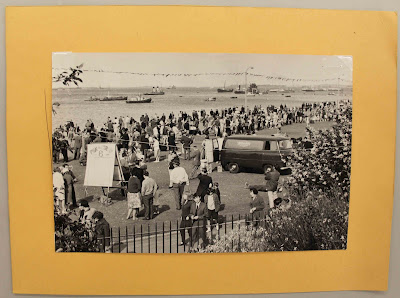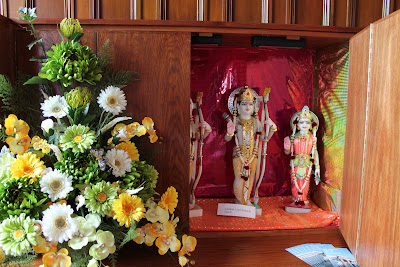Friday was the last day of my six month Artist residency and it was a time to celebrate and to say thank you to the fantastic Gravesend people that I have met along the way.
Denis and Joan unveiled their daguerreotype portraits and received copies of the book which contains their wonderful stories and pictures. A copy shall remain on display in the Mayor's Parlor for future visitors to discover.
I was really happy that all the people who have made the project possible were able to come and join us for a cup of tea and some cake. Dennis Bex, the Market Manager, who inspired me to make the book and introduced me to Denis Llewellyn. Geoff Baker, who encouraged me to pursue my daguerreotype idea and his Mum Hazel who introduced me to Joan Enfield. Christoph Bull and the Whole Community Works team, John Bennet, Maxine Bullen and Jennie Scott, who have all been so supportive throughout. My Mum Linda, Dennis's family and Joan's friends all joined in to make the afternoon a memorable event.
Thank you to everyone and particularly to Denis and Joan, who have been incredibly kind and generous. It has been a privilege to spend time with them and hear their inspiring stories.
Many thanks, Lucy












































